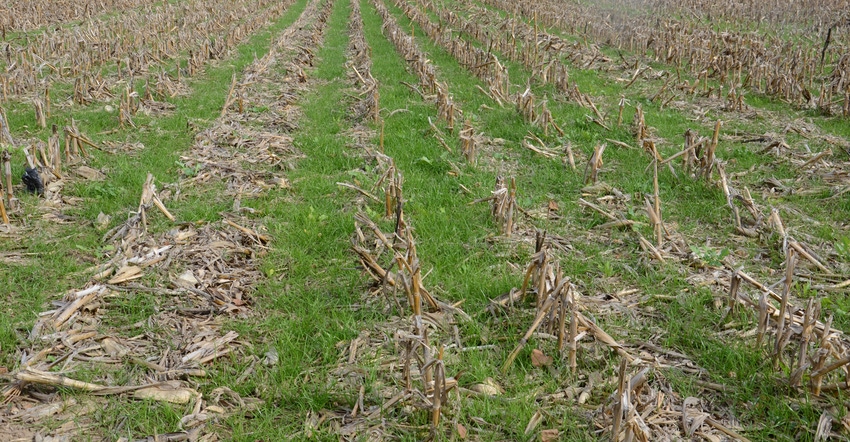
My goal is to have corn ready to harvest early to cash in on potential early premiums, and to plant cover crops earlier after harvest. Is my best strategy planting my normal maturity range as early as possible, or going with 95-to-100-day corn planted early? How much yield could I give up planting short-season corn?
The Indiana certified crop adviser panelists answering the question are: Gene Flaningam, Flaningam Ag Consulting LLC, Vincennes; Greg Kneubuhler, G&K Concepts, Harlan; and Tom Stein, Templeton/Boswell branch manager for Ceres Solutions Cooperative.
Flaningam: Planting shorter-season corn may not increase your return on investment. Most corn hybrids perform best in a region that they are bred for. Disease pressures will vary depending upon the region you farm in. Stick to hybrids best-suited for your region. Ideally, you need to plant early to achieve an early harvest and to get your cover crops planted in a timely manner. Consider switching to early maturing hybrids if you get pushed back on your plant date. Manage the crop accordingly to seasonal changes that may decrease plant health and [could affect] yield.
Kneubuhler: My first recommendation is to plant your normal maturities early. When you start out planting short-season maturities, which might be 95-to-100-day maturity corn, you’re sacrificing growing degree day units, which I call GDUs, right out of the gate. By doing that, you carry a much higher likelihood of giving up yield. How much you give up is going to be directly related to the growing season you incur. However, a reasonable expectation would be a 15- to 25-bushel-per-acre hit for planting a short-season hybrid.
There are always trade-offs. An early premium may significantly offset a slight yield hit. Harvesting early may allow you to get your cover crops seeded in the fashion you are set up with. The bottom line is, however, that the answer to this question must fit the operation. There is a lot of data out there that supports planting early, and it also supports that planting fuller-season hybrids pays off more often.
Stein: If your goals are to harvest early to take advantage of early premiums and plant cover crops timely, then your best strategy might be to plant the 95-to-100-day corn as early as you can. You probably would not want to do this on all your corn acres. You need to consider spreading your risk, harvesting your crop efficiently, as well as taking advantage of the yield potential of fuller-season hybrids.
As to how much yield you could be giving up by planting a short-season corn, it’s anybody’s guess. A good rule of thumb with all things being equal is 2 bushels per acre for every day of relative maturity. However, recent on-farm trials suggest the quality of short-season hybrids has vastly improved in the last decade. Seed companies have found some to be competitive or even superior, in some situations, to longer-season hybrids. Do your homework and make sure you select the best hybrid for your production environment.
About the Author(s)
You May Also Like




